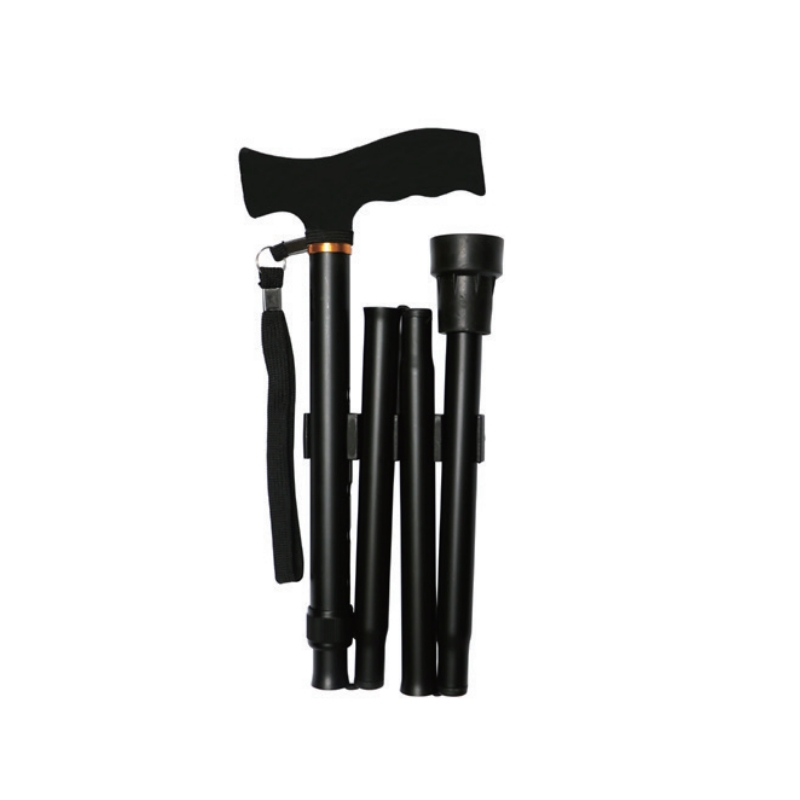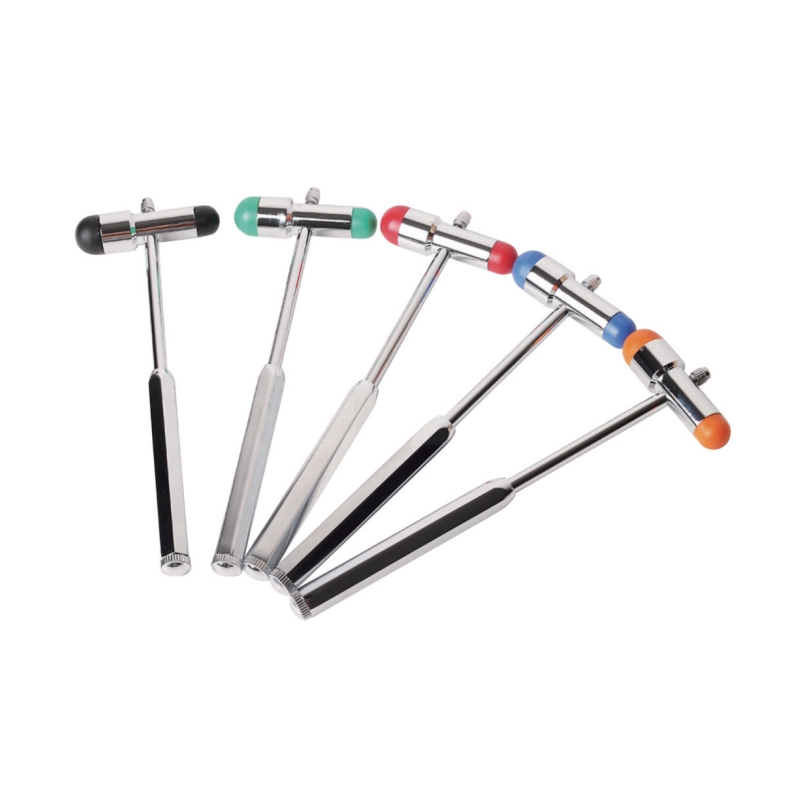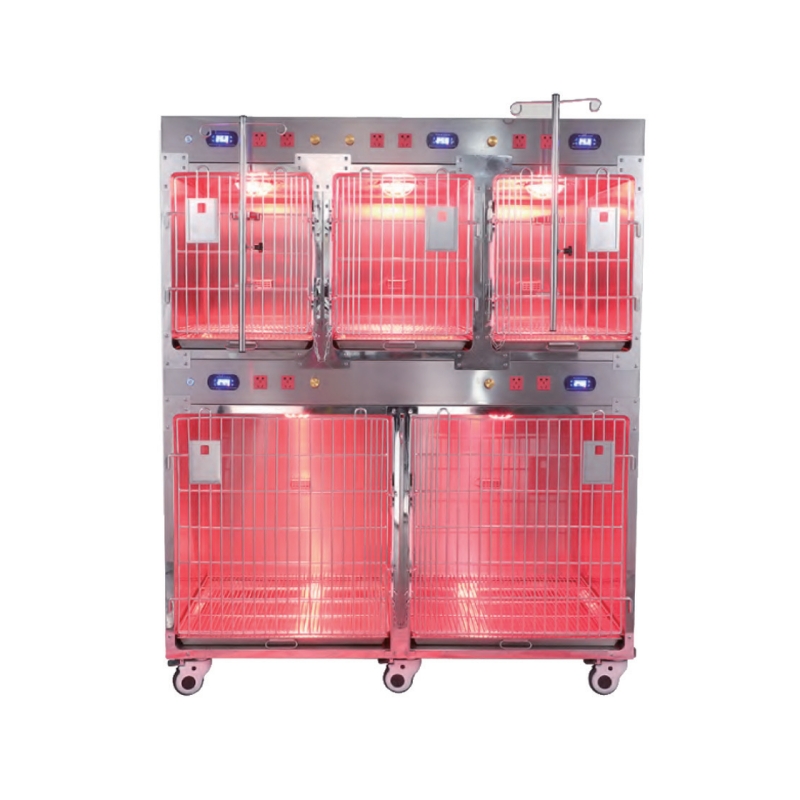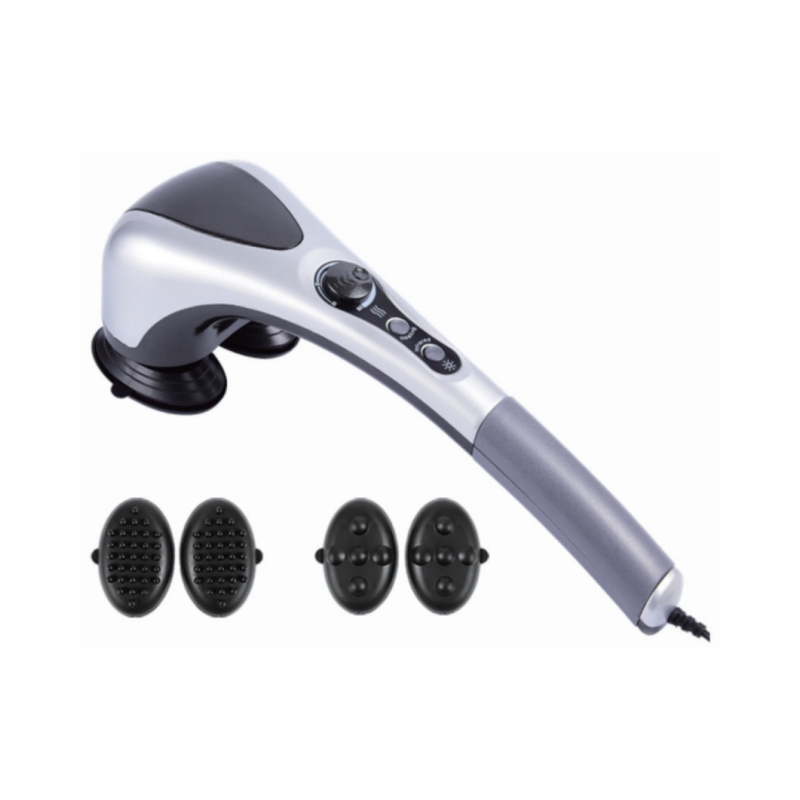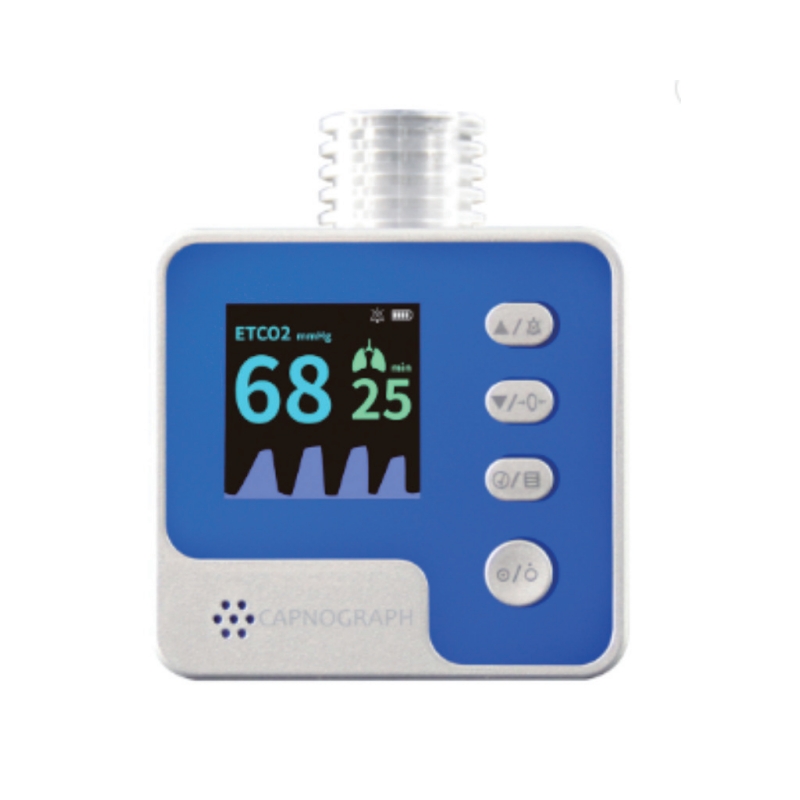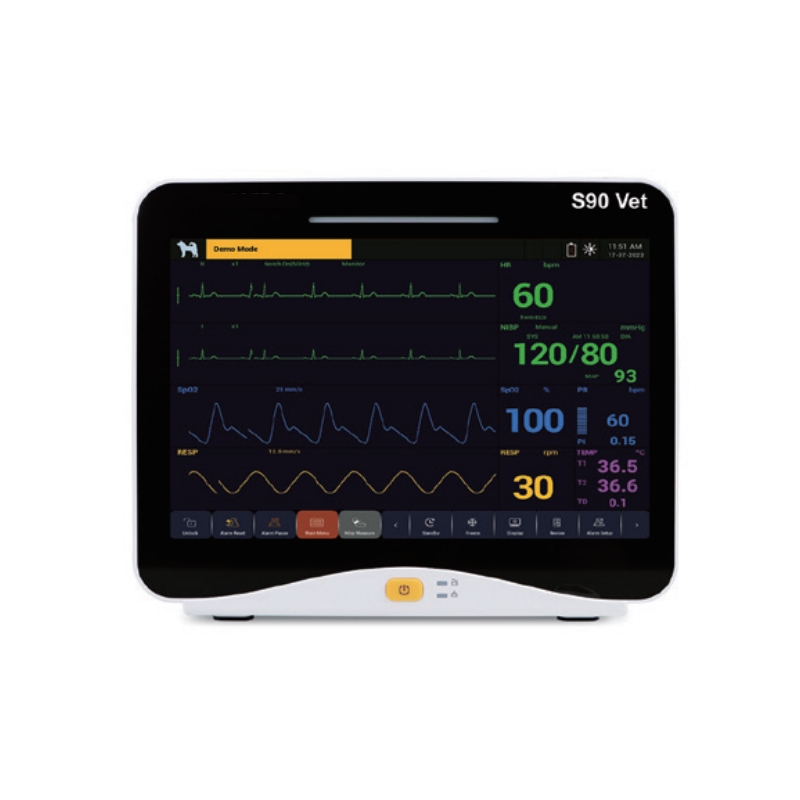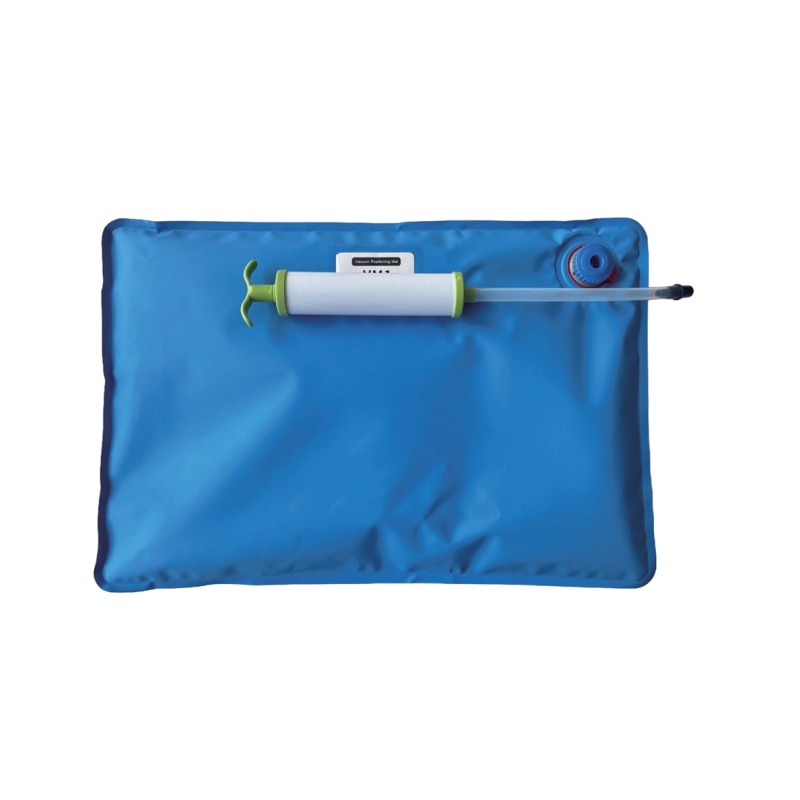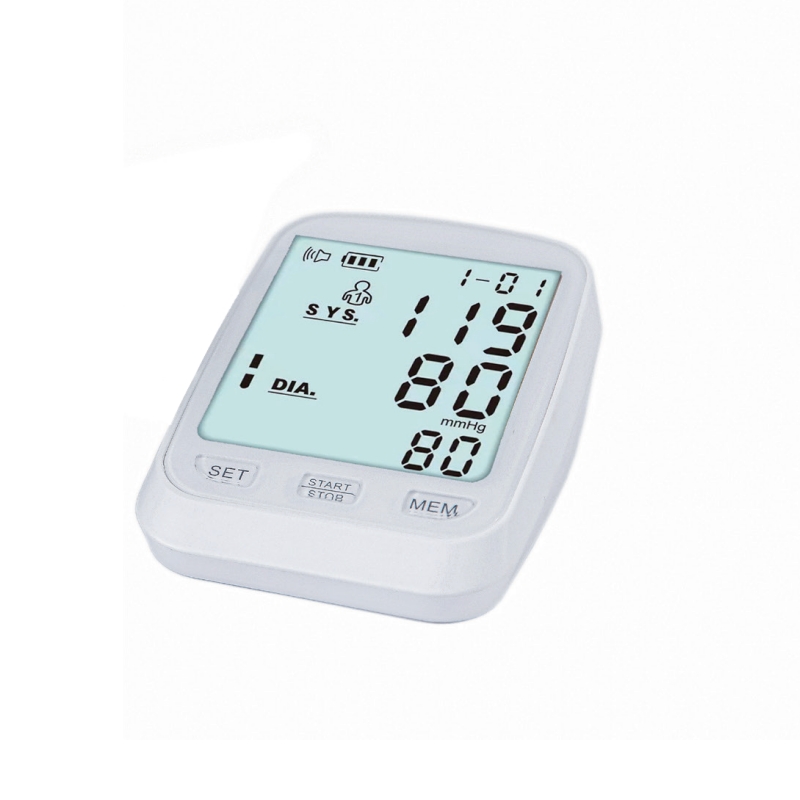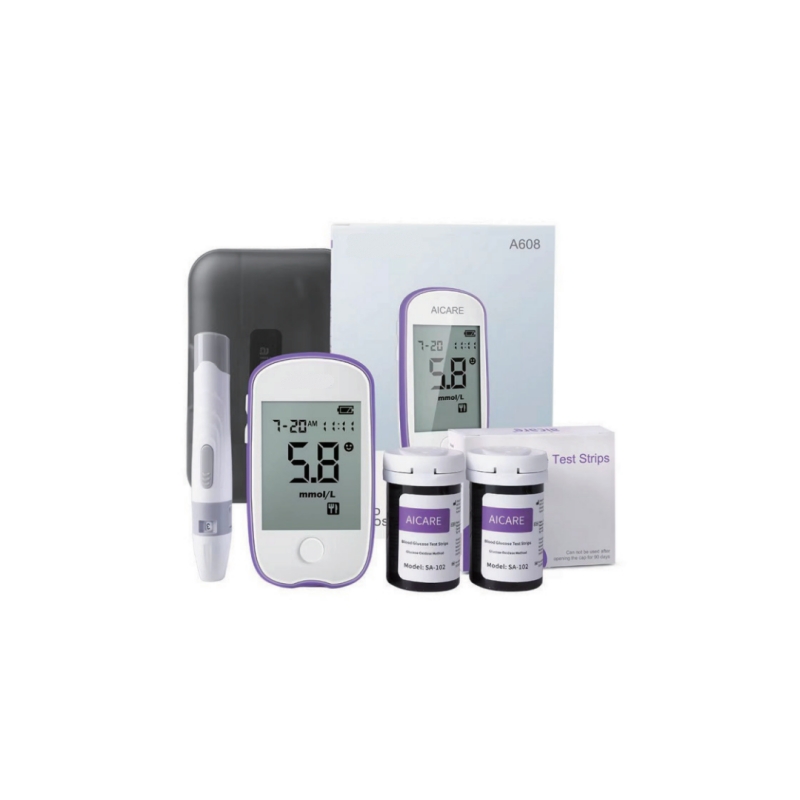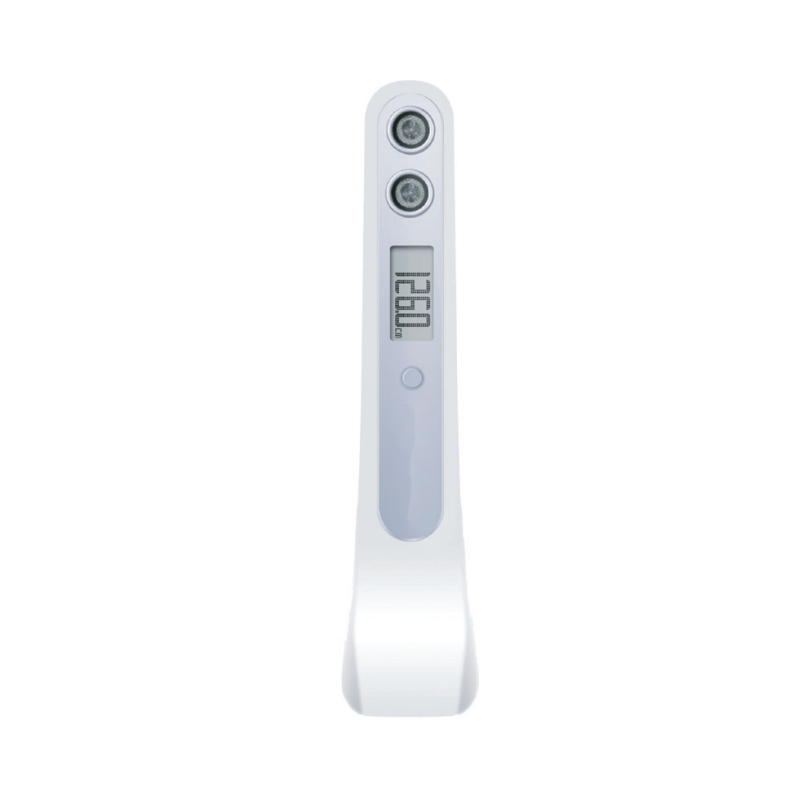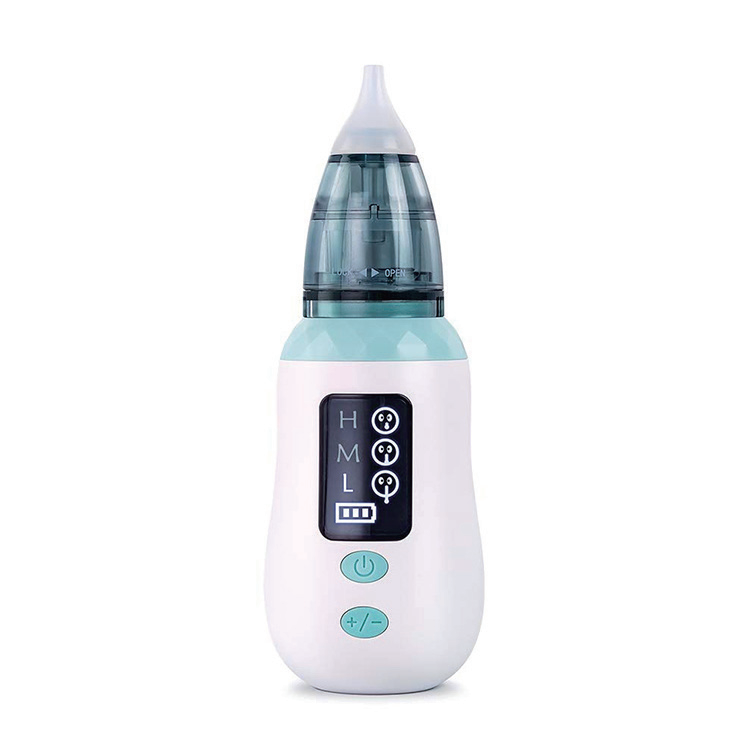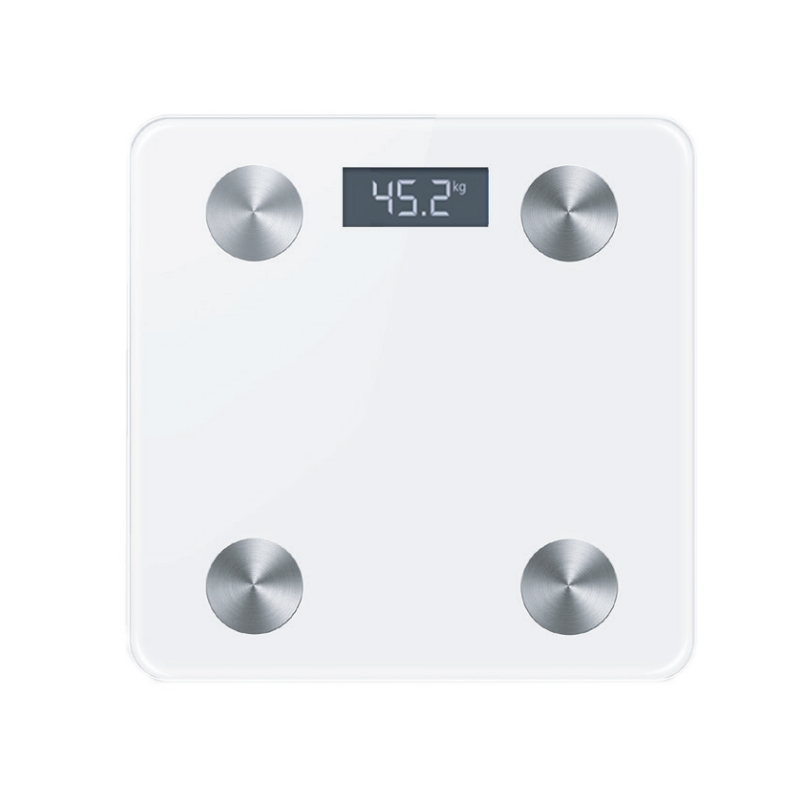The Growing Role of Internet-Connected Devices in Patient Care
The Growing Role of Internet-Connected Devices in Patient Care
With the rapid advancement of technology, the healthcare sector has also embraced the process of digitalization, bringing significant changes to patient care. Internet-connected devices play a crucial role in the delivery of healthcare services and patient care. In this article, we will examine the growing significance of internet-connected devices in patient care and focus on their contributions to the quality of healthcare services.
Patient Monitoring at Home and from Remote Locations
Internet-connected devices are used to monitor patients’ health conditions at home and from remote locations. Wearable devices equipped with smart sensors continuously monitor vital health data such as heart rate, blood pressure, blood sugar levels, and other critical health metrics, allowing patients to provide real-time information to their doctors. This method enables the monitoring of health conditions for patients with chronic illnesses or those requiring continuous supervision without the need for them to visit a hospital, making healthcare services more effective and accessible.
Enhancing Treatment Adherence
Internet-connected devices play a vital role in improving treatment adherence in patient care. Particularly in the treatment of chronic diseases, taking medication on time and consistently is of paramount importance for treatment effectiveness. Smart pill boxes and reminder devices send alerts to patients to ensure they take their medications regularly, providing support for adherence to the treatment plan.
Empowering Doctor-Patient Communication
Internet-connected devices strengthen communication between patients and their healthcare providers. Telemedicine platforms enable patients to communicate with their doctors online. This allows patients to seek quick consultation on health concerns and provides easier access to their doctors. Consequently, patients’ health issues can be addressed more promptly and effectively.
Disease Prevention and Early Diagnosis through Big Data Analytics
The vast amount of health data collected through internet-connected devices can be processed and evaluated through big data analytics. These analyses can aid in the development of disease prevention and early diagnosis methods. For instance, data from widely used smart medical wristbands can detect early signs of specific illnesses, enabling early intervention in treatment processes.
Instant Notifications and Alerts in Emergency Situations
Internet-connected devices enhance patient safety by providing instant notifications and alerts in emergency situations. For example, smart medical wristbands or bed-installed sensors can automatically alert emergency teams in cases of falls or abnormal heart rhythms. This allows for swift responses to patients’ immediate health concerns.
Conclusion
The increasing importance of internet-connected devices in patient care is making healthcare services more effective, accessible, and personalized. Advantages such as remote patient monitoring, improved treatment adherence, enhanced doctor-patient communication, disease prevention and early diagnosis through big data analytics, as well as instant notifications and alerts in emergencies, enable better management of patients’ health conditions and more efficient execution of treatment processes. The use of internet-connected devices in patient care is expected to become even more widespread in the future, contributing to the improvement of healthcare service quality and enhancing patients’ quality of life.
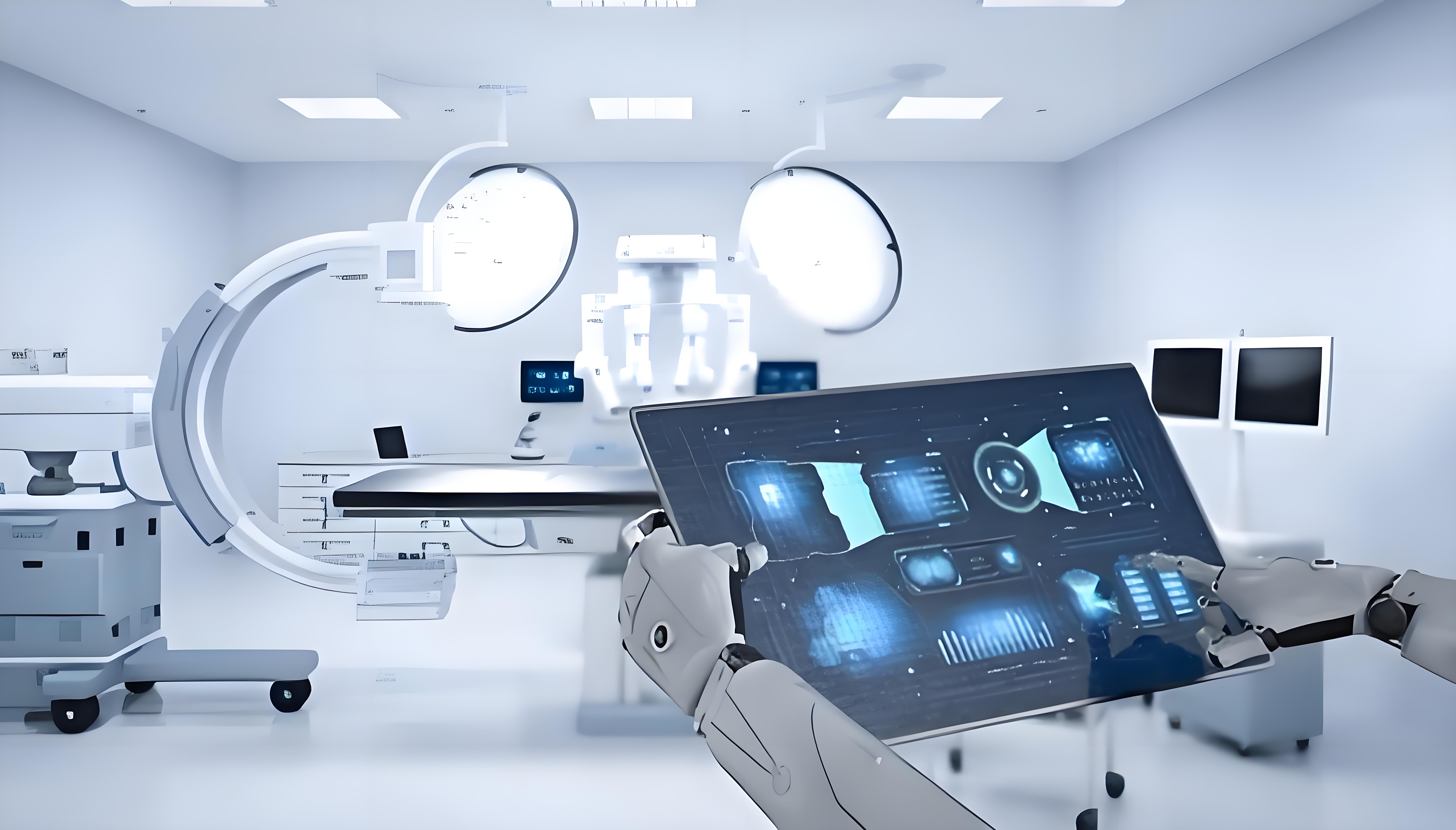

 English
English Spanish
Spanish Turkish
Turkish
